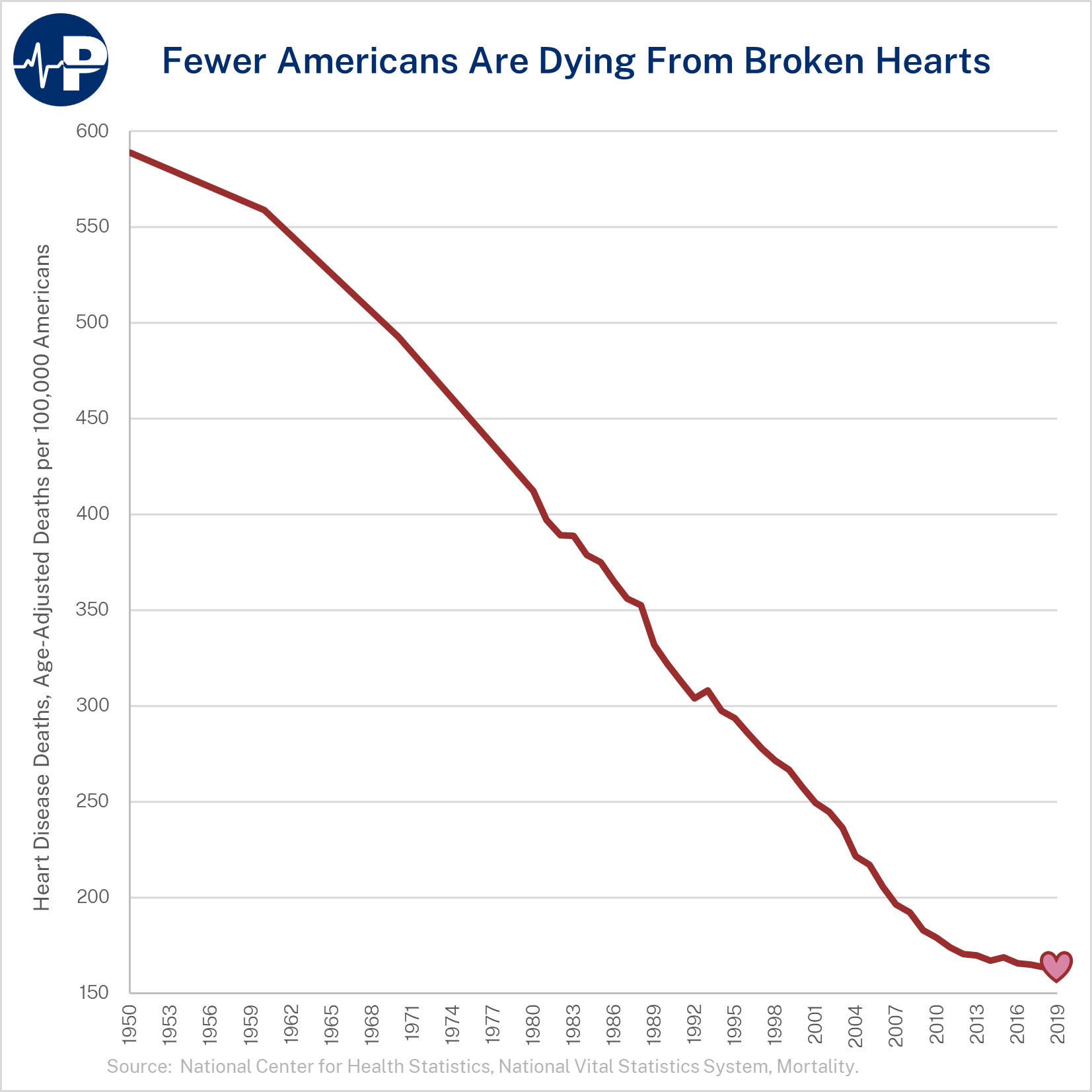COVID-19 is still with us. Cases are rising in Europe and to a smaller extent in this country. But the fact that SARS-CoV-2, the virus that causes COVID-19, has become endemic, does not mean the sky is falling.
Any time a virus freely circulates in a population, there will be waves of infections. But the magnitude of the resulting hospitalizations and deaths is unlikely to mirror a rise in cases.
The risk of COVID-19 infection is equal across all age groups. But the risk of hospitalization and especially death rises rapidly with age. Compared with a reference category of 18- to 29-year-olds — the group with the largest number of cumulative cases — the rate of hospitalizations is five times in the 65-74 group; nine times in the 75-84 group; and 15 times in the 85 and older group. For deaths, the rates in those ages groups are, respectively, 90 times, 220 times, and 570 times the rate in the 18-29-year-old reference group. For younger age groups, 0-4 and 5-17, the rates of hospitalization and death are far lower than the reference group.
Studies from the first year of the pandemic, before vaccines and therapies were widely available, indicated the risk of dying if you were infected by SARS-CoV-2 — the infection fatality rate — was 0.15-0.2 percent for the population as a whole. Deaths were concentrated in the elderly, with 80 percent occurring in people 65 or older.
Thankfully, the danger from exposure to COVID-19 is far lower today, with multiple vaccines and therapeutics readily available and new antiviral pills just over the horizon. Vaccines limit infections, although protection starts to wane a bit after five or six months. But the vaccines remain remarkably effective in protecting against hospitalizations and deaths over time.
Read the full article in the New York Post.





